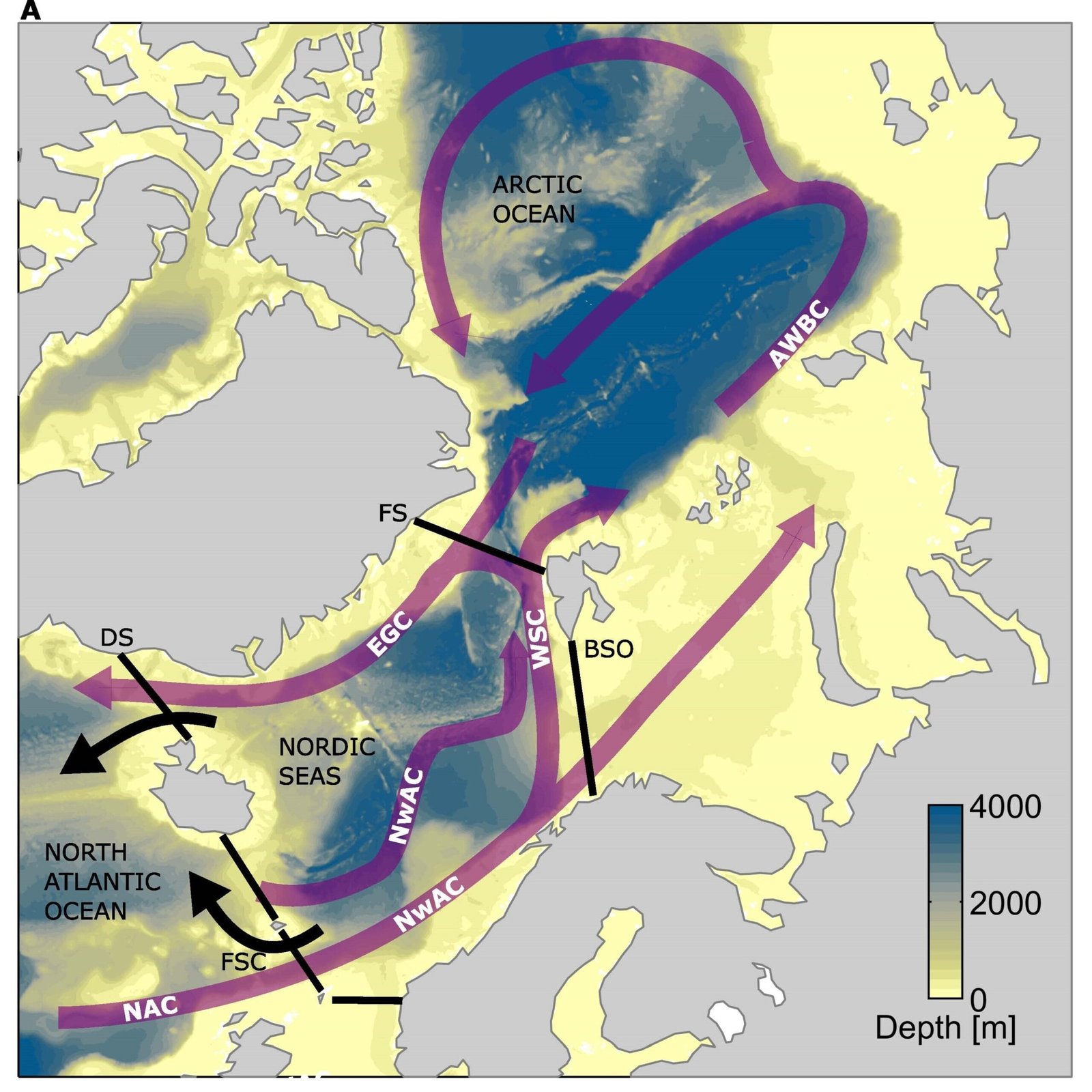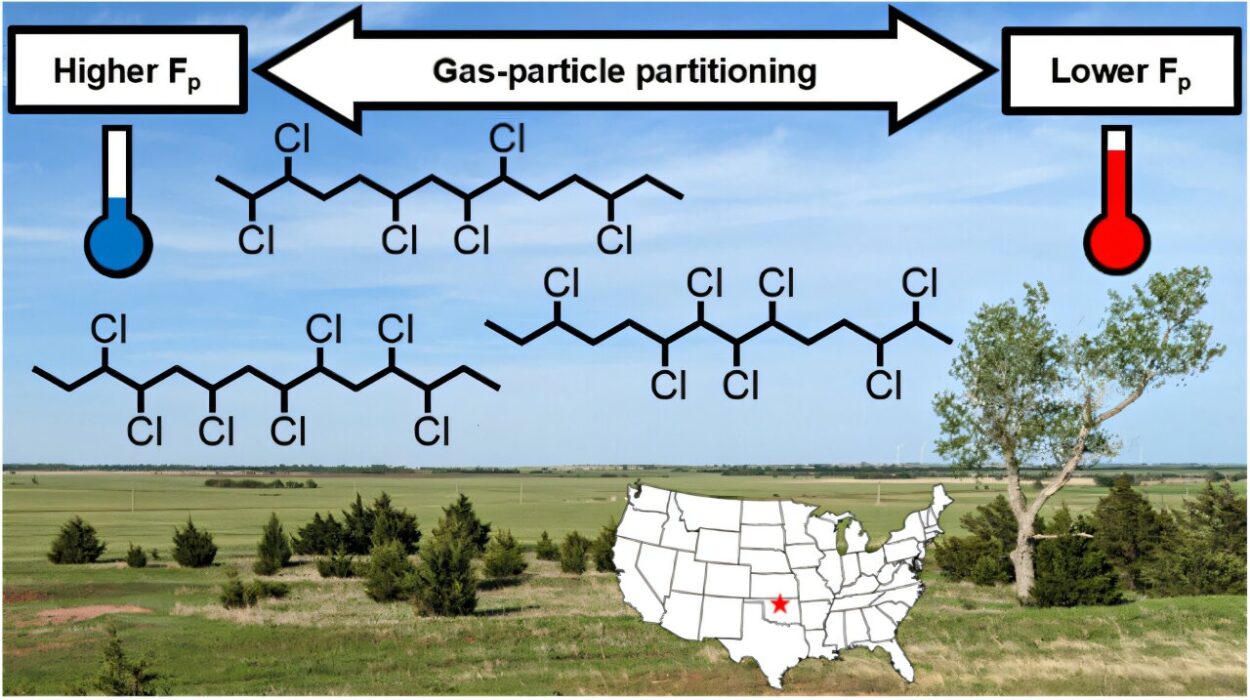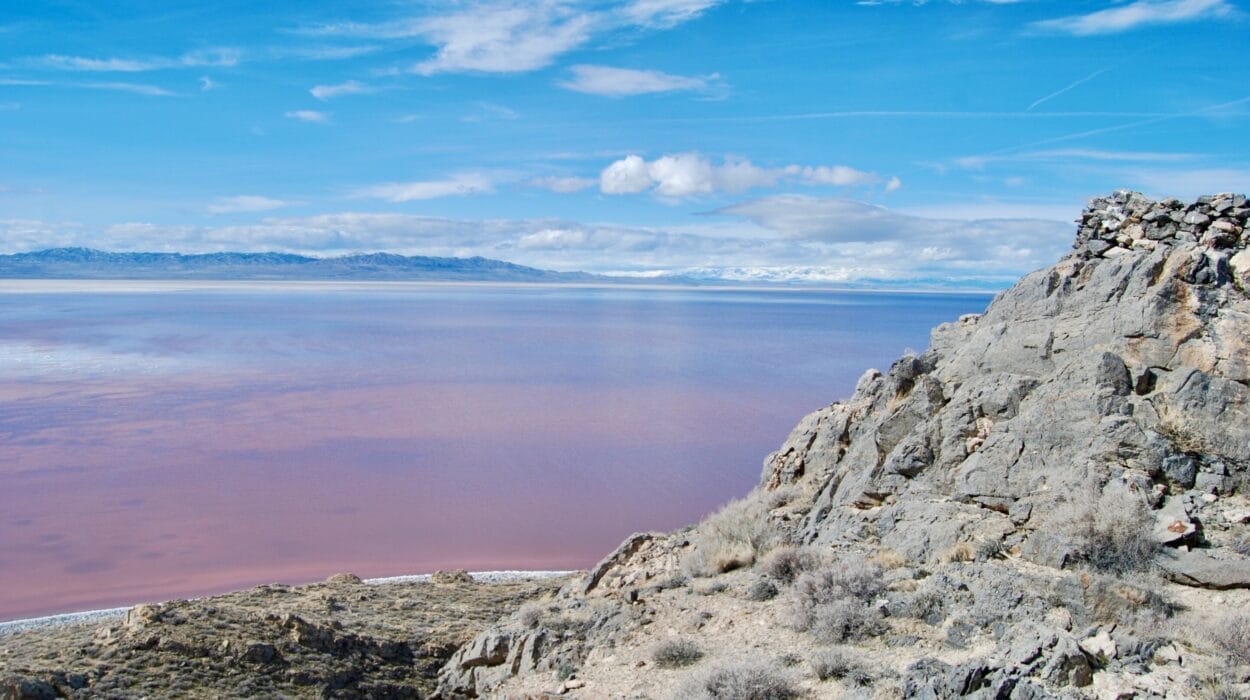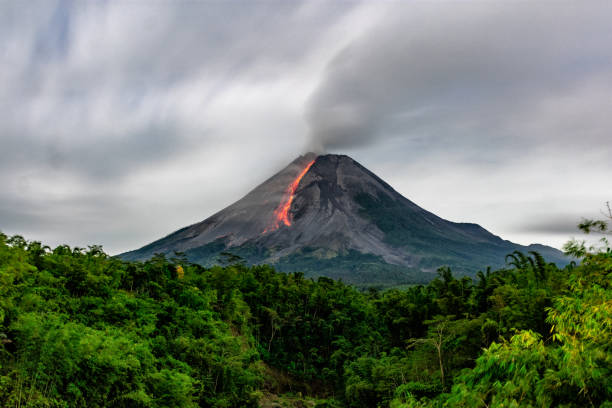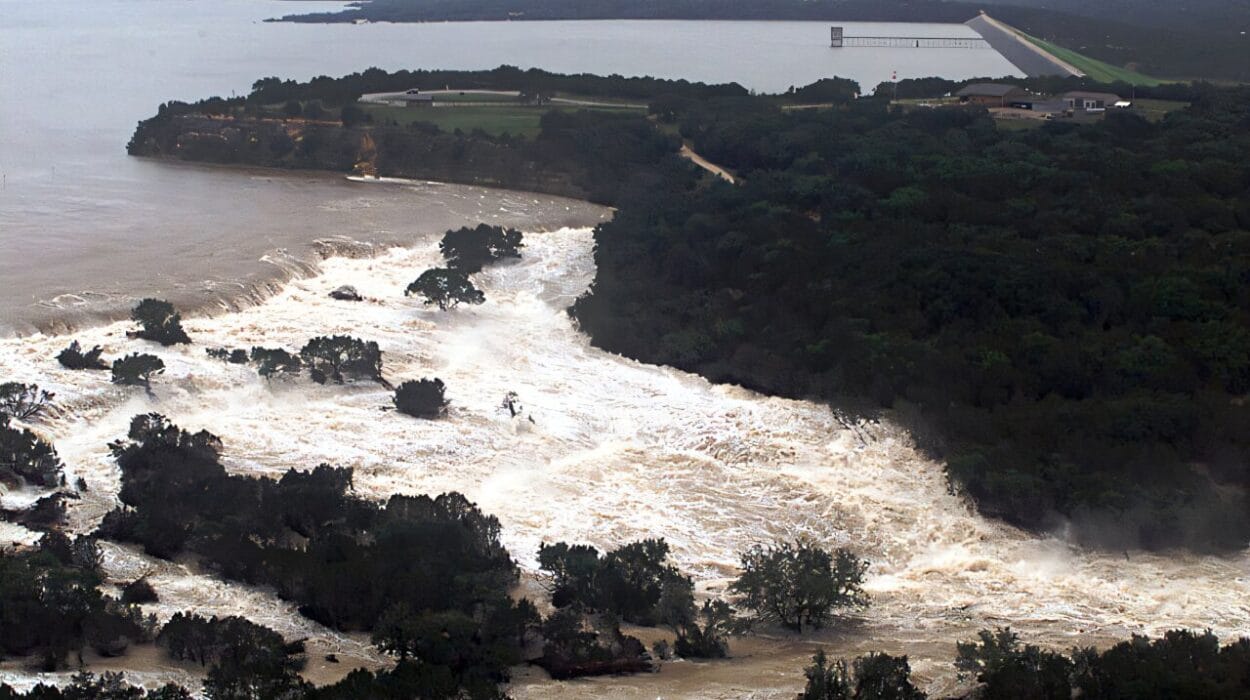In a world growing hotter and more chaotic by the year, scientists have been nervously eyeing the Atlantic’s hidden heart. Like a vast conveyor belt, the Atlantic Meridional Overturning Circulation—known as the AMOC—transports colossal volumes of water across the globe, delivering warmth to Europe and regulating Earth’s climate. Its collapse, researchers warn, could plunge parts of the Northern Hemisphere into bitter winters, scramble weather patterns worldwide, and drive even more extreme climate shifts.
So when rising temperatures and melting ice began flooding the North Atlantic with fresh water, many feared the worst. Less salty, lighter water means less sinking in the deep north—an essential engine that keeps the AMOC turning. Yet in a twist as surprising as it is hopeful, new research shows that the AMOC isn’t simply weakening in the face of climate change. Instead, it’s adapting, moving its operations northward into waters once locked beneath Arctic ice.
A Dance Beyond the Ice
This remarkable scientific detective story has been laid out in a new study published in Science Advances, led by oceanographer Marius Årthun from the University of Bergen. The team wanted to answer a question that’s puzzled climate scientists for years: How has the AMOC managed to endure—and in some ways even strengthen—despite the deluge of fresh water pouring off melting glaciers?
“The Atlantic water is eating its way into the Arctic, but it can’t do so indefinitely,” Årthun warns.
As the Arctic’s floating ice shield recedes, vast areas of open ocean are left behind. Instead of acting as a chilly blanket, the vanished ice exposes the sea surface directly to frigid Arctic air. These newly revealed waters shed heat rapidly, cooling enough to become dense and heavy. They then plunge downward, sinking and flowing south along the ocean floor—a critical process in the AMOC’s global engine.
From there, the currents snake their way toward Antarctica, eventually circling back northward along the ocean’s upper layers, bringing precious warmth back to the North Atlantic. This flow not only tempers Europe’s climate but helps distribute heat and nutrients throughout Earth’s oceans.
Data Diving Into the Deep
To unearth the hidden mechanics of this shifting ocean choreography, Årthun and his colleagues dove deep into data from an incredibly high-resolution ocean simulation known as GLORYS12. With a resolution of just 1/12th of a degree, the model captures the turbulent details of ocean eddies and narrow currents far more clearly than earlier global models.
But the team didn’t stop there. They validated their virtual ocean with real-world measurements from ships, moorings, and satellites. They also compared their findings against other ocean reanalyses, ensuring that this northward migration wasn’t simply an illusion of the digital realm.
The scientists focused on key indicators: how surface water transforms into dense water, how mixing redistributes heat and salt, and how much dense water is exported from these Arctic regions into the deep Atlantic.
Their verdict: the AMOC has, for now, found new territory in which to sustain its critical sinking motions. Despite fresh water pouring in from melting glaciers and ice sheets, the newly exposed Arctic seas are picking up the slack.
A Temporary Reprieve
This finding helps explain one of the great paradoxes of modern climate science. On the one hand, the AMOC appears relatively stable in measurements taken over recent decades—even strengthening in certain stretches. On the other, every climate model predicts that as warming accelerates, the system is likely to weaken or even collapse if too much fresh water chokes off deep water formation.
The northward shift is, in essence, the ocean’s clever workaround. By migrating into freshly ice-free Arctic regions, the AMOC can tap into new areas where surface water cools and sinks. But this strategy comes with an expiration date.
“The Arctic has limits,” Årthun cautions. “Atlantic water can’t keep moving north forever. And as warming continues, even those newly exposed Arctic waters may eventually become too warm or too fresh to sink effectively.”
Moreover, the study’s conclusions come with caveats. The ocean models, as sophisticated as they are, still rely on historical observations that only span recent decades. Longer-term trends remain uncertain, leaving open questions about the AMOC’s ultimate fate in a rapidly changing climate.
The Stakes for Our Future
Why does this hidden ocean conveyor matter so much? The AMOC isn’t just an ocean current—it’s a planetary lifeline. Its flow carries warm tropical waters northward, helping to keep European winters mild and stable. A major slowdown could disrupt weather patterns across the Northern Hemisphere, alter rainfall, push up sea levels along the U.S. East Coast, and amplify the extremes of a climate already under siege.
For now, the ocean’s great engine continues to churn, thanks to an unexpected Arctic refuge. But scientists warn that this resilience may prove temporary—a narrow window of stability before the consequences of our carbon emissions overwhelm even the ocean’s remarkable adaptability.
In the twilight between ice and water, the AMOC fights to keep the climate’s balance. Whether it can continue that fight into the next century is one of the great questions hanging over humanity’s future.
Reference: Marius Årthun et al, Atlantification drives recent strengthening of the Arctic overturning circulation, Science Advances (2025). DOI: 10.1126/sciadv.adu1794
